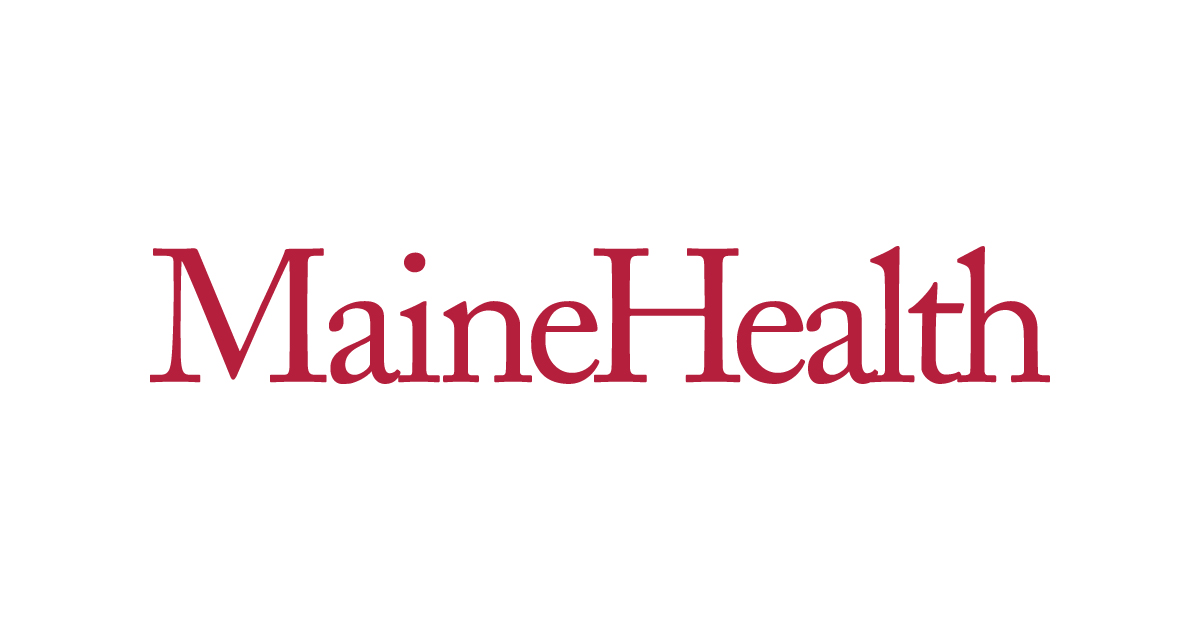[ad_1]
Editor’s Note
This article is the latest in the Health Affairs Forefront series, Provider Prices in the Commercial Sector, featuring analysis and discussion of physician, hospital, and other health care provider prices in the private-sector markets and their contribution to overall spending therein. Additional articles will be published throughout 2023. Readers are encouraged to review the Call for Submissions for this series. We are grateful to Arnold Ventures for their support of this work.
To improve the accessibility of price information for commercial health care consumers and other stakeholders, the departments of Health and Human Services, Labor, and Treasury implemented the Transparency in Coverage Final Rule (hereafter, the Insurer Price Transparency Rule) in October 2020. The rule has two key provisions for all insurers offering individual and group commercial health insurance plans (including both fully-insured and self-insured plans). First, they should publish machine-readable files containing in-network negotiated prices for specific health care services, as well as out-of-network charges and allowed rates, effective on July 1, 2022. Second, insurers should provide members in both fully- and self-insured plans with online price estimation and comparison tools for 500 designated services, effective January 1, 2023 and for all services effective January 1, 2024.
Another important health care price transparency rule – the Hospital Price Transparency Rule — went into effect on January 1, 2021. However, this rule applied only to hospital facilities fees. The scope of price disclosure required by the Insurer Price Transparency Rule is much broader, including all medical services and products paid by insurers. Moreover, the substantial noncompliance penalty—$100 per day per impacted individual— has likely contributed to high compliance among insurers relative to hospitals.
Previously, states have sought to improve health care price transparency, such as by establishing price transparency websites and All-Payer Claims Database. However, state requirements generally do not apply to self-insured plans, and data are not always comparable across states. Proprietary commercial claims databases, such as those from the Health Care Cost Institute and Merative™ MarketScan®, have national pricing information for segmented markets, but they typically do not include detailed insurer, plan, or provider information due to data privacy agreements. The Insurer Price Transparency Rule is designed to fill the gaps left by existing federal and state price transparency policy effort as well as commercial claims databases—by providing a comprehensive repository of pricing information for the U.S. commercial market. The combination of all insurer, plan, provider, procedure, and price information is a major strength compared to alternative data sources on commercial health care pricing.
The Insurer Price Transparency Rule provides a potentially excellent opportunity for patients, payers, researchers, policymakers, and other market participants and stakeholders to understand pricing behaviors in the broad health care market. In this article, we describe the size and content of pricing information disclosed by insurers during the first six months following the rule’s implementation, identify its limitations, and suggest research, practice, and policy implications.
What Has Been Disclosed By Insurers?
We examined nationwide insurers’ in-network pricing information disclosed through machine-readable files. The volume of in-network pricing data is substantially greater than that of out-of-network pricing data because the former contains prices negotiated between a health plan and various in-network health care providers for a given procedure.
The files we examined were collected, compiled, and updated by Turquoise Health, a health care data platform company, whose nationwide hospital price transparency dataset has been used in studies published in academic journals and Health Affairs Forefront. We analyzed the data updated as of December 29, 2022 and described the content of the data from five aspects: insurer, plan, provider, procedure, and price, and compared the volume of data with the that of data disclosed under the Hospital Price Transparency Rule, compiled and updated by Turquoise Health as of December 29, 2022. Exhibit 1 summarizes our findings.
Exhibit 1: Descriptive Characteristics of Insurers’ In-network Negotiated Price Data

Source: Authors’ analysis of data compiled and updated by Turquoise Health, as of December 29, 2022.
Insurer
As of December 29, 2022, a total of 240 insurers had disclosed their pricing information for plans offered to both fully- and self-insured customers. A majority of them are the major national payers, some disclosing as one entity and others as multiple entities (including subsidiaries and state-level branches). For example, submitting insurers include are Aetna (18 entities), Blue Cross Blue Shield (including Elevance Health) (43 entities), Kaiser Permanente (10 entities), and United Healthcare (46 entities). In contrast, major insurers such as Cigna and Humana uploaded all of their data under one entity name.
Plan
The data include a total of 317,987 health plans, defined as unique products offered to consumers, each identified by a unique plan identification number. Among them, 298,806 are employer-sponsored health plans, including both fully- and self-insured plans. These plans are identified by the Employer Identification Number (EIN) of the insurer or the employer. In addition, the data contain 19,069 individual plans and small group plans sold in the Affordable Care Act’s health insurance marketplaces.
Provider
When disclosing pricing information for a given health plan and procedure at a given in-network provider, insurers identify the providers by either a National Provider Identifier (NPI) or Employer Identification Number (EIN), without further information. There are 850,863 unique NPIs and 569,728 unique EINs that include facilities (e.g. hospitals, ambulatory surgical centers, etc.), as well as physicians (both individuals and physician practice groups).
Procedure
The data contain 599,204 unique procedure codes; 35 percent of them are National Drug Codes (NDCs), 34 percent are International Classification of Diseases (ICD) codes, 18 percent are s Current Procedural Terminology (CPT)/Healthcare Common Procedure Coding System (HCPCS) codes, and one percent are diagnosis-related group (DRG) codes.
Price
There are 56,525,823,501 in-network negotiated prices, which can be further categorized by service setting: 4 percent are institutional fees, and 96 percent are professional fees. These prices can also be grouped based on their price-setting type, namely negotiation-based (92%), fee schedule-based (6%), percentage-off-charge-based (2%), and per diem and derived price (fewer than 1%).
To illustrate the relative volume of the insurer price transparency data, let us consider the much lesser volume of nationwide hospitals’ price disclosure data in compliance with the Hospital Price Transparency Rule. As compiled and updated by Turquoise Health as of December 29, 2022, the hospital price transparency data include a total of 1,840,187,215 price observations from 119,531 health plans and 193 insurer entities, limited to 95,510 hospital facility procedures (identified by either CPT or DRG codes) among 5,261 hospitals.
Data Limitations
As we have described, the insurer price transparency data are extensive in size, scope, and content. However, they are subject to several important limitations. First, insurers are not required to disclose their plan size, benefit design, service utilization, patient characteristics, quality outcomes, provider location, or other information that might be relevant to some stakeholders.
A second limitation is that only 40 percent (7,568 plans) of the 19,069 individual and small group plans sold in the Affordable Care Act’s health insurance marketplaces disclosed their standard 14-digit Health Insurance and Oversight System (HIOS) IDs that can be linked to external datasets with benefit design and provider network information, such as HIX Compare and Ideon provider network. This lack of identification information limits researchers’ ability to explore questions regarding these plans’ benefit design and other characteristics.
Third, insurers identify contracted providers by either EIN or NPI without additional information or explanation why one identifier was chosen over the other, which creates barriers for users interested in merging the insurer price transparency data with external datasets that contain provider characteristics. Since NPI and EIN could refer to different levels of provider organizations (e.g. one hospital campus may have multiple NPIs, but one EIN could refer to multiple hospital campuses), standardized provider identification would facilitate the merging and thus decrease users’ data processing cost.
Finally, insurers are not required to disclose dosage unit information for physician-administered drugs, which makes it challenging to understand the price for these drugs. Also, price disclosure for prescription drugs has been delayed pending further rulemaking, and it remains unclear whether rebates, fees, discounts, and other forms of price concessions from drug manufacturers will be required items for disclosure.
Research, Practice, And Policy Implications
The insurer price transparency data have the potential to provide a very powerful resource for (1) researchers interested in understanding the pricing mechanisms in U.S. commercial health care markets, 2) policymakers intending to lower health care prices, and 3) employers and individual consumers covered by private insurance plans aiming to contain their health care spending through price transparency and price shopping.
In light of the data’s limitations that increase information processing costs and impede the potential usefulness of this data source, policymakers should consider requiring insurers to provide more standardized information for plan and provider identification purposes as well as drug dosage unit details.
[ad_2]
Source link



